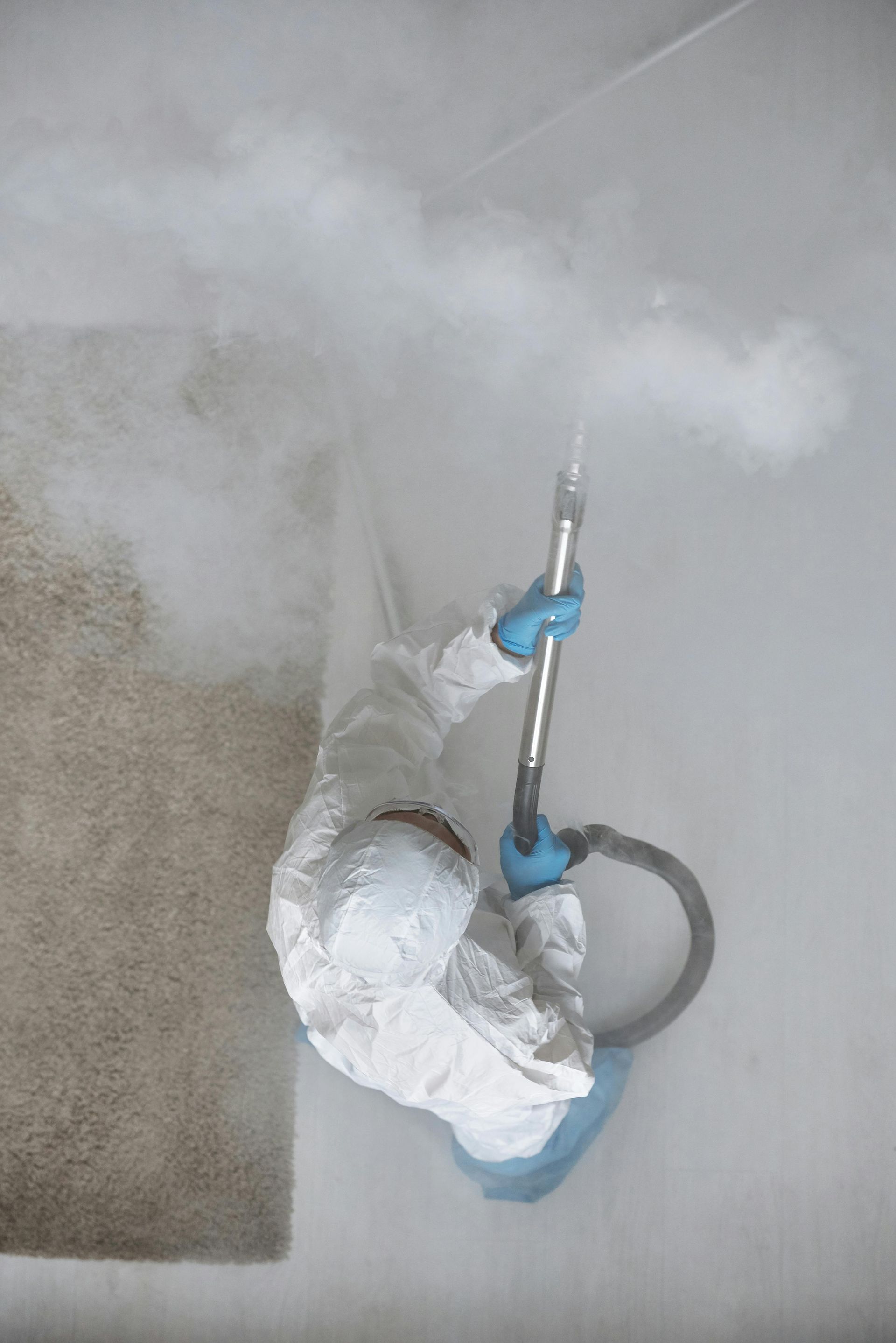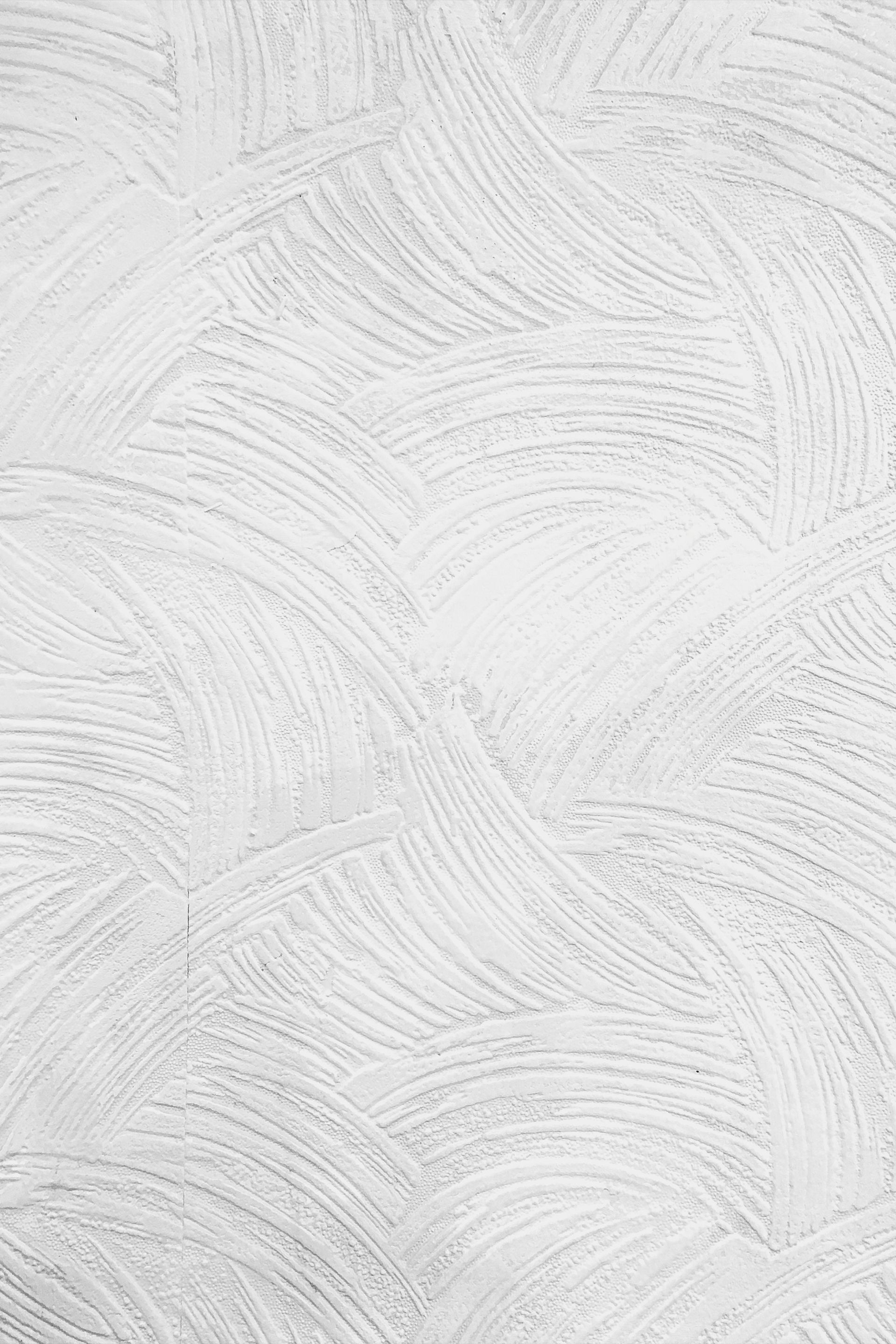
Say Goodbye to Wall Cracks: Expert Tips for Drywall Repair
Expert Techniques to Fix Holes, Cracks, and Water Damage in Your Drywall for a Smooth, Seamless Finish
Cracks and holes in drywall can make any room look worn and neglected. Whether it's the result of accidental damage, water issues, or natural settling over time, drywall repair is essential to maintain a home’s aesthetic appeal and structural integrity. If you've noticed imperfections in your walls and want to restore them without hiring costly professionals, this guide will walk you through effective drywall repair techniques.
This article covers everything you need to know about drywall repair—from patching drywall and fixing holes to addressing more severe drywall water damage repair. We’ll also touch on drywall repair costs, materials you’ll need, and expert tips to ensure a smooth, professional finish. Whether you're tackling small cracks or larger drywall water damage, you'll learn how to get your walls looking like new.

Understanding the Basics of Drywall Repair
Before diving into the repair process, it’s essential to understand what drywall is and why it’s so commonly used. Drywall, also known as Sheetrock, is a lightweight material made from gypsum plaster sandwiched between sheets of thick paper. Its versatility, affordability, and ease of installation make it the preferred choice for interior walls in most homes.
Over time, drywall can suffer from general wear and tear. The most common issues include cracks, dents, holes, and water damage. Whether you need a simple drywall fix or a more involved wall repair, the right approach and tools can make all the difference.
Common Drywall Problems and Their Causes
Before jumping into how to fix holes in drywall or patch cracks, it's crucial to know why these issues occur. Understanding the cause can help you prevent further damage.
- Cracks: These can form due to house settling, humidity, or temperature changes.
- Holes: Often caused by accidental impact, such as from moving furniture or doors swinging open too hard.
- Water Damage: Leaks or flooding can cause drywall water damage, leading to sagging, discoloration, or mold growth.
Each of these problems requires specific drywall restoration techniques, which we’ll cover in detail below.
Essential Tools and Materials for Drywall Repair
Here’s a list of the basic tools and materials you'll need for patching holes in drywall or performing a full drywall fix:
- Utility knife
- Drywall saw
- Sandpaper (fine grit)
- Putty knife
- Drywall filler (spackle or joint compound)
- Drywall patch kit (for small holes)
- Mesh tape
- Replacement drywall (for larger holes or sections)
- Screws and anchors (if necessary)
- Primer and paint
Now that you're equipped with the necessary tools, let’s move on to the step-by-step guide for different types of drywall repair.
Step-by-Step Guide to Patching Drywall and Fixing Holes
1. Repairing Small Cracks
Small cracks in drywall can be unsightly, but they're easy to fix. Here’s how:
Step 1: Use a utility knife to widen the crack slightly, creating a V-shape. This gives the drywall filler a better surface to adhere to.
Step 2: Apply drywall filler with a putty knife, smoothing it over the crack.
Step 3: Allow the filler to dry completely, then sand the surface until smooth.
Step 4: Apply primer and paint to match the wall color.
2. Fixing Small Holes in Drywall (Up to 1 Inch)
Step 1: For small holes, such as nail holes or minor dents, use a drywall filler like spackle.
Step 2: Apply the filler with a putty knife and smooth it out.
Step 3: Let it dry, then sand it down before priming and painting.
3. Repairing Medium Holes (1-6 Inches)
For holes larger than an inch but less than six inches, a drywall patch repair is typically the best option.
Step 1:
Clean the hole by removing any loose debris.
Step 2: Apply a mesh patch over the hole, ensuring it covers the entire damaged area.
Step 3: Use a putty knife to apply joint compound over the patch, feathering the edges so it blends with the surrounding drywall.
Step 4: Let the compound dry, then sand, prime, and paint.
4. Fixing Large Holes (6+ Inches)
Larger holes or damaged sections often require replacing a portion of the drywall, known as sheet rock repair.
Step 1:
Cut out the damaged drywall section using a drywall saw, making a clean, square or rectangular opening.
Step 2: Measure and cut a replacement piece of drywall to fit the hole.
Step 3: Secure the drywall patch using drywall screws and apply joint compound over the seams, followed by mesh tape.
Step 4: Apply more joint compound to cover the tape, then sand the area smooth after it dries.
Step 5: Finish by priming and painting the repaired area.
How to Handle Water Damage Wall Repair
If your drywall has suffered from water damage, you may need to take additional steps to ensure the repair is effective.
Step 1:
Inspect the affected area to ensure the water source has been fixed.
Step 2: Remove any damaged drywall that feels soft, spongy, or shows signs of mold.
Step 3: Replace the drywall and follow the steps mentioned in the large hole repair section.
Step 4: For minor water damage wall repair, such as water stains, use a stain-blocking primer before repainting.
For more severe water damage, especially if mold is present, it’s recommended to consult drywall repair services to ensure the damage is thoroughly addressed.
Calculating Drywall Repair Cost
The cost of drywall repair depends on the extent of the damage, the materials required, and whether you’re doing the repair yourself or hiring drywall repair services. Here's a rough breakdown:
Small repairs: Patching small holes in drywall may only cost around $10-20 for materials if done yourself.
Medium repairs: Fixing medium-sized holes can cost around $50-75, including mesh tape, filler, and paint.
Large repairs or water damage: For more significant sheet rock repair or drywall water damage repair, costs can range from $100-300 if you DIY, or significantly more if you hire professional drywall repair services.
To get an accurate drywall repair quote from a professional, consider the extent of the damage and any additional work like mold removal or repainting.
When to Call Professional Drywall Repair Services
For minor cracks or small holes, a DIY drywall fix is typically sufficient. However, for more severe issues like water damage, large holes, or structural problems, it may be best to contact professionals. Searching for drywall water damage repair near me can help you find experienced contractors who can handle the job efficiently and safely.
Final Thoughts: Drywall Restoration for a Smooth, Seamless Finish
Whether you're tackling a small drywall patch or dealing with more significant damage, following these steps will ensure a successful drywall repair. Patching holes in drywall, addressing cracks, and performing drywall restoration are essential for keeping your home looking its best. Plus, by doing it yourself, you can save on drywall repair cost while gaining valuable home improvement skills.
Remember, the key to any successful repair is preparation, patience, and proper technique. With this guide in hand, you’ll be able to say goodbye to wall cracks and hello to beautifully restored walls in no time!
You might also like
Book a Service Today
We will get back to you as soon as possible
Please try again later


